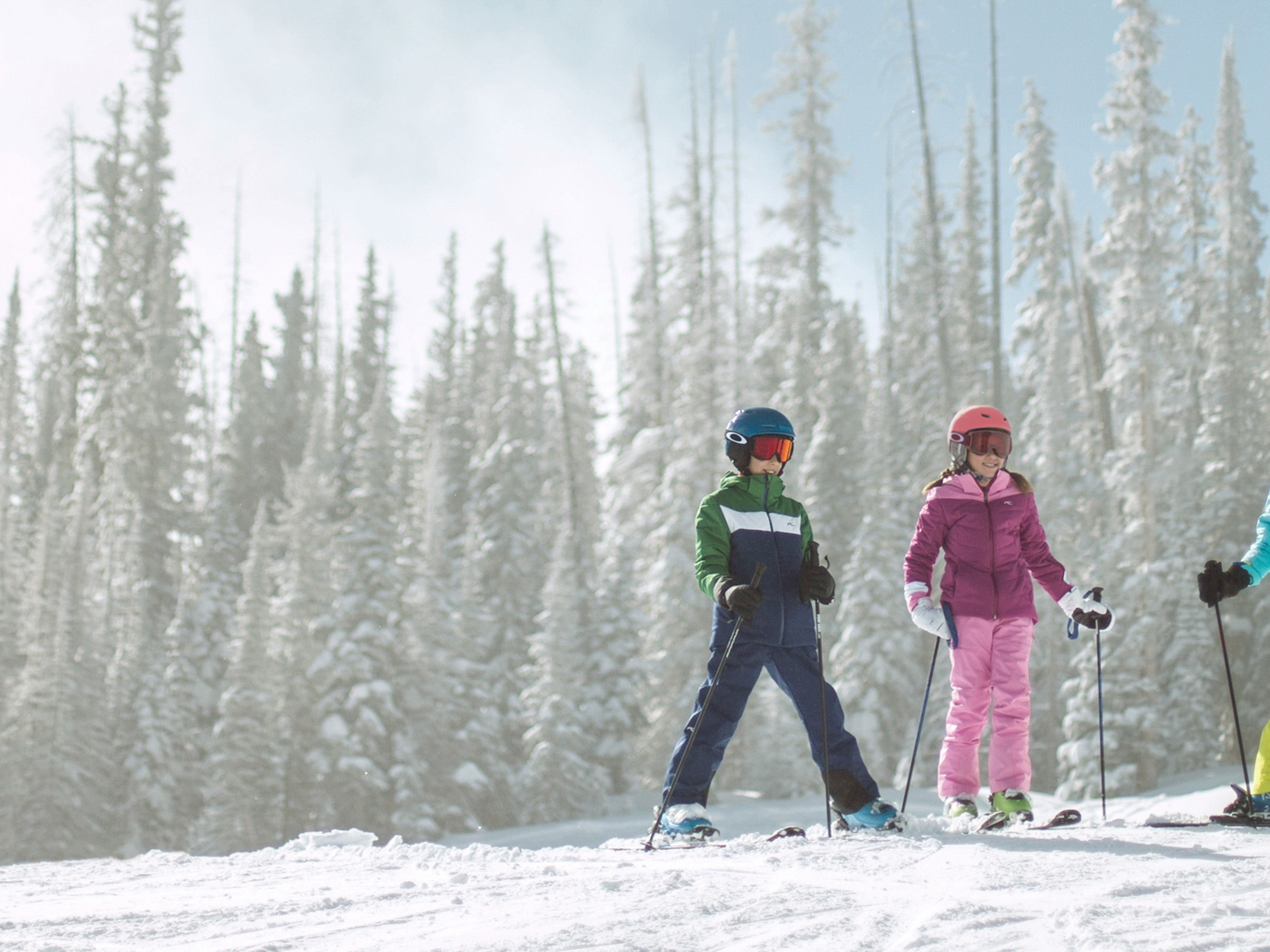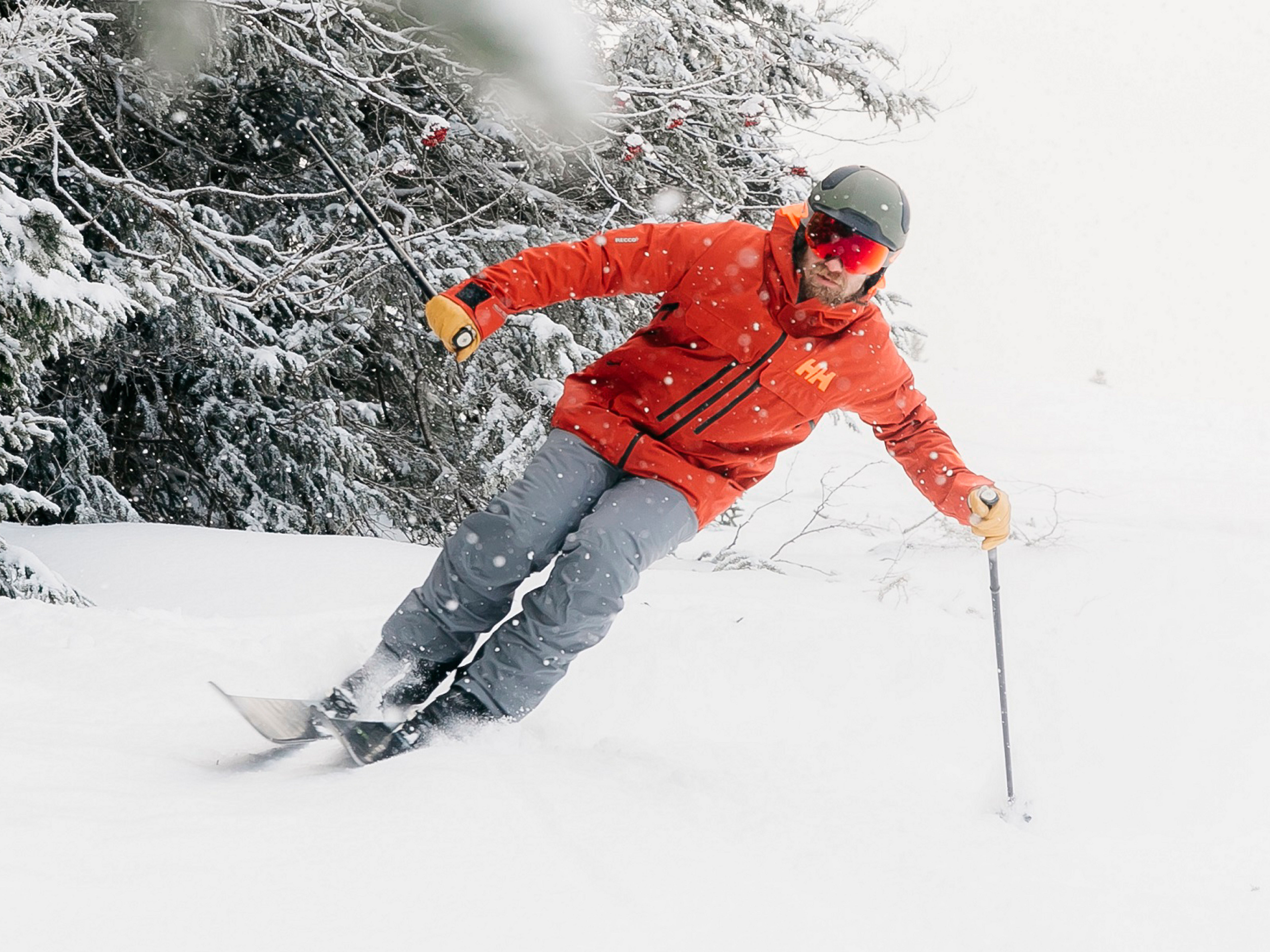Discover essential winter hiking gear and tips in our comprehensive guide to help you stay safe and prepared on your snow-filled adventures. Whether you are a beginner or experienced hiker, knowing the right equipment and techniques can make all the difference in a winter wonderland.
From insulated clothing to traction devices, we cover everything you need to know to enjoy the beauty of the icy outdoors. Stay tuned for expert advice that ensures a successful and enjoyable winter hiking experience.

Credit: www.beavercreek.com
Choosing The Right Gear
Stay warm during your winter hikes with the right insulated clothing. Layering is key to regulating body temperature.
- Start with a moisture-wicking base layer to keep sweat away.
- Add an insulating layer like a fleece or down jacket for warmth.
- Finish with a waterproof and windproof outer shell to protect against the elements.
Choose the best footwear to tackle snowy and icy terrains. Insulated boots with good traction are essential.
- Look for boots with insulation to keep your feet warm and dry.
- Opt for a pair with a waterproof membrane to keep out moisture.
- Ensure the boots have a grippy outsole for traction on slippery surfaces.

Credit: m.facebook.com
Essential Winter Hiking Skills
In winter hiking, having the right skills is crucial for a safe and enjoyable outdoor adventure. From navigating challenging snowy terrains to knowing how to handle cold weather emergencies, honing your winter hiking skills is essential.
Navigating In Snow
When hiking in snow-covered landscapes, it’s vital to have proper navigation skills to avoid getting lost. Always carry a map, compass, or GPS device to help you stay on course and make informed decisions along the trail.
Cold Weather First Aid
In cold weather conditions, knowing how to administer first aid can make a difference in emergencies. Be prepared with a basic first aid kit that includes essentials like bandages, antiseptic wipes, and cold packs to treat injuries promptly.
Planning Your Winter Hike
Route Selection
Before embarking on a winter hike, it’s crucial to choose a route that matches your skill level and abilities. Consider the terrain, elevation gain, and distance when selecting a trail. Additionally, research the route’s difficulty to ensure it aligns with your winter hiking experience.
Weather Considerations
Understanding the weather is essential for a safe and enjoyable winter hike. Check the forecast before venturing out and be prepared for changing conditions. Take into account temperature, wind, and potential precipitation. Plan your hike accordingly to avoid hazardous situations.
Safety Precautions In Winter
When it comes to winter hiking, safety should always be your top priority. The cold temperatures, snowy conditions, and potential hazards make it essential to take certain precautions before hitting the trail. By being well-prepared and mindful of your surroundings, you can minimize the risks and ensure a safe and enjoyable winter hiking experience. In this article, we will cover some important safety measures to keep in mind while venturing out into the winter wonderland. Let’s dive in!
Avalanche Awareness
Winter hiking in mountainous areas can expose you to the risk of avalanches. It is crucial to have a good understanding of avalanche awareness and take necessary precautions to avoid these life-threatening situations. Here are a few key points to keep in mind:
- Check the avalanche forecast for the area before heading out. Websites and apps specific to avalanche forecasting can provide valuable information on current snow conditions and the potential for avalanches.
- Learn how to recognize avalanche terrain. Steep slopes, gullies, and snow-loaded slopes are more likely to trigger an avalanche. Avoiding these areas can significantly reduce your risk.
- Carry essential avalanche safety gear, including a transceiver, shovel, and probe. These tools are vital for locating and rescuing a person buried in an avalanche.
- Consider taking an avalanche safety course to develop the necessary skills and knowledge to assess and navigate avalanche terrain safely.
Emergency Communication Devices
Having reliable communication devices is essential in case of emergencies during winter hikes. Below are some important devices you should consider carrying to stay connected:
- A reliable mobile phone with a fully charged battery can be a lifesaver. Make sure to keep it protected from the cold by storing it close to your body.
- Carry a personal locator beacon (PLB) or an emergency satellite messenger. These devices allow you to send distress signals and your GPS location to rescuers, enabling them to locate you quickly in case of an emergency.
- If you are planning on hiking in areas with poor or no cellular coverage, consider carrying a two-way radio. It can be used to communicate with your hiking companions or contact emergency services if needed.
By ensuring you have these emergency communication devices with you, you significantly increase your chances of getting timely help during a winter hiking emergency.
Embracing The Winter Landscape
Discover the ultimate winter hiking guide for tackling the snowy terrain with confidence. From essential gear to valuable tips, this comprehensive resource equips you for an unforgettable adventure amidst the serene winter landscape. Unleash the thrill of exploration while staying safe and comfortable in the great outdoors.
Lorem ipsum dolor sit amet, consectetur adipiscing elit. Sed in congue nunc. Nullam id lacinia neque. Quisque ac elementum metus. Vestibulum ante ipsum primis in faucibus orci luctus et ultrices posuere cubilia curae; Suspendisse consectetur congue nunc, vitae congue eros malesuada non.Wildlife Encounters
Curabitur ac nisi ut augue malesuada scelerisque at nec ex. Pellentesque ornare eleifend enim, egestas tristique urna fringilla non.
| Best Practices for Wildlife Encounters: |
|---|
| 1. Always stay at a safe distance from wild animals. |
| 2. Avoid approaching or feeding wildlife. |
| 3. Do not try to touch or handle any wild animals. |
| 4. Respect their natural habitat and do not disturb their nests or burrows. |
Photography Tips
Mauris et tempus nibh. Quisque ac luctus nunc.
- Use a tripod to avoid blurry photos in low-light conditions.
- Experiment with different angles to capture unique perspectives.
- Adjust your camera settings for the snowy landscape.
- Consider using a polarizing filter to enhance colors.
Donec finibus quam nec velit efficitur, vel volutpat dui auctor. Curabitur interdum feugiat nunc, non dapibus lectus consequat in. Phasellus euismod sem in tempor vestibulum. Suspendisse ac augue vestibulum, cursus velit a, dignissim dolor. Sed felis neque, dignissim sit amet nisl nec, dignissim tincidunt lacus. Cras convallis tellus ex, ac tincidunt mauris rhoncus at. Integer semper dapibus neque, a pulvinar nisi rhoncus id. Quisque id pharetra arcu.

Credit: www.stowe.com
Frequently Asked Questions For The Complete Winter Hiking Guide Winter Hiking Gear And Tips
Can You Hike In Winter?
Yes, you can hike in winter. However, it’s important to be prepared for the cold weather and potential hazards, such as ice and snow. Make sure to wear appropriate winter hiking gear and follow safety guidelines to have a safe and enjoyable winter hiking experience.
What Gear Do You Need For Winter Hiking?
For winter hiking, you’ll need essential gear such as insulated waterproof boots, warm layers, a waterproof jacket, gloves, and a hat. Additionally, you should carry navigation tools, a headlamp, extra food and water, a first aid kit, and traction devices for icy terrain.
It’s crucial to be well-prepared and have the right gear for winter conditions.
How Do You Stay Warm While Winter Hiking?
To stay warm while winter hiking, it’s important to layer your clothing properly. Start with a moisture-wicking base layer, add an insulating mid-layer, and top it off with a waterproof and windproof outer layer. Don’t forget to wear a hat, gloves, and warm socks.
Stay hydrated and eat high-energy snacks to maintain your body heat.
What Are The Dangers Of Winter Hiking?
Winter hiking poses certain risks, including hypothermia, frostbite, and slippery conditions. Snow-covered trails can be deceiving, so it’s important to be cautious and watch for hidden hazards. Knowing how to recognize and respond to these dangers is essential for a safe winter hiking experience.
Conclusion
Winter hiking can be a rewarding and invigorating activity with the right gear and knowledge. Ensure you have the proper clothing, footwear, and equipment to stay safe and comfortable in the cold. Always check the weather forecast and be mindful of winter-specific hazards on the trail.
Happy hiking!
